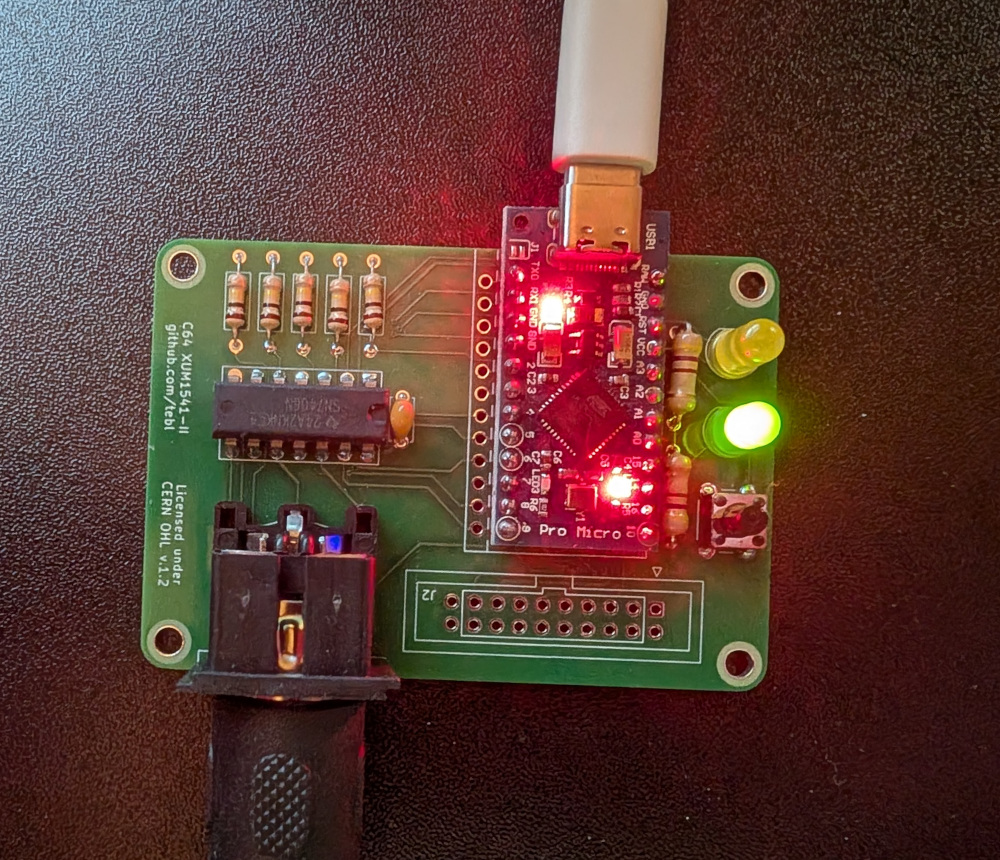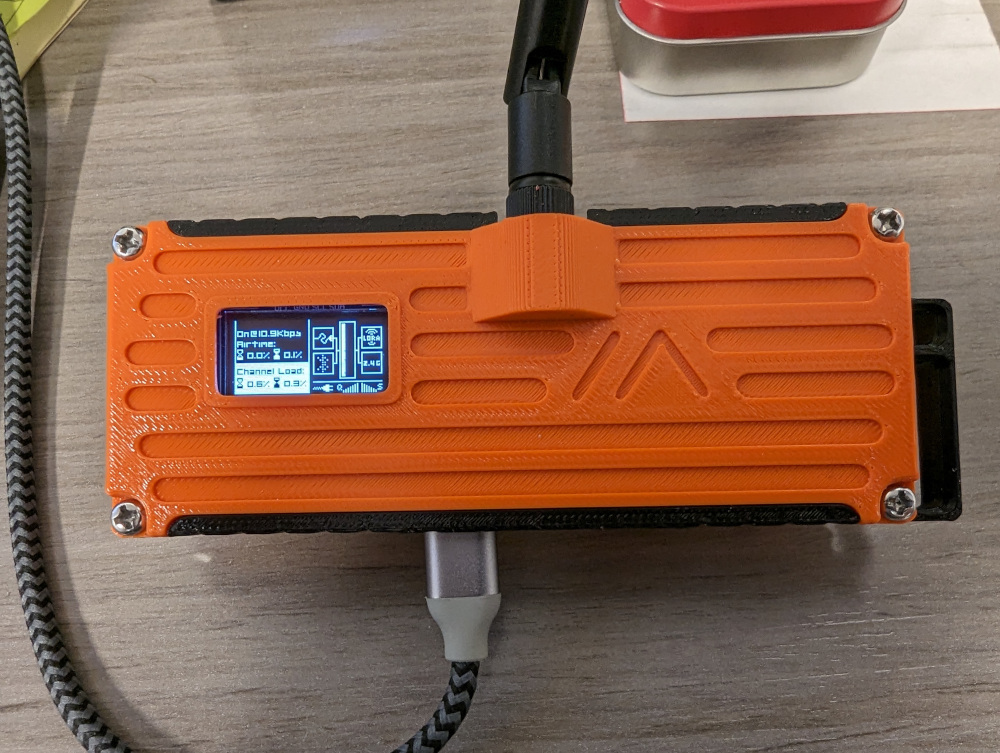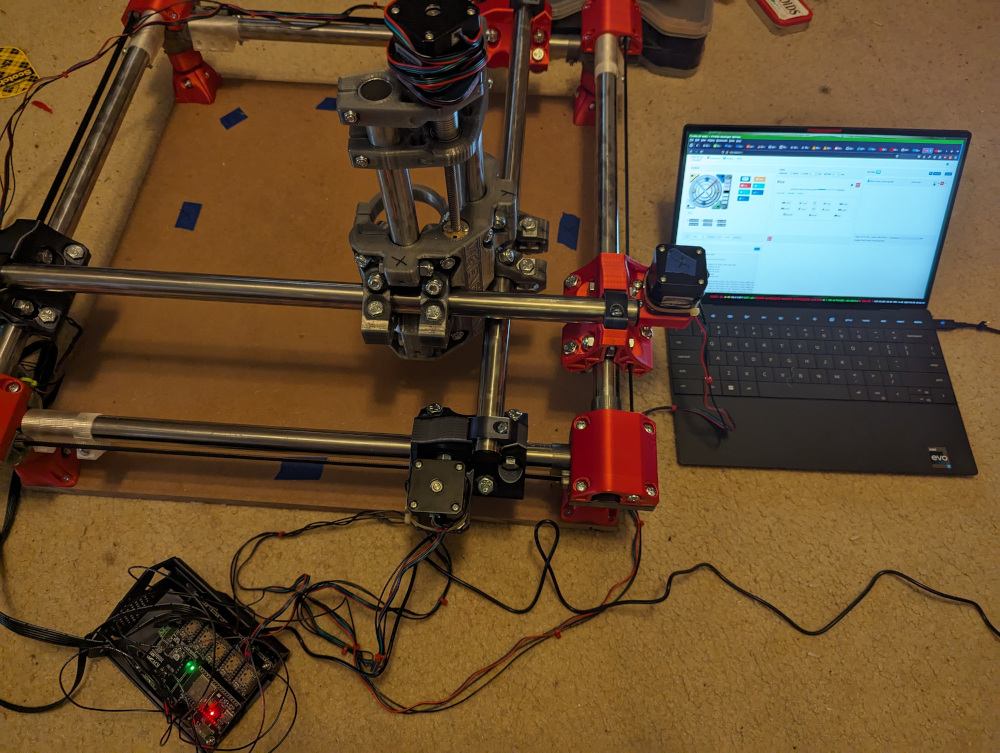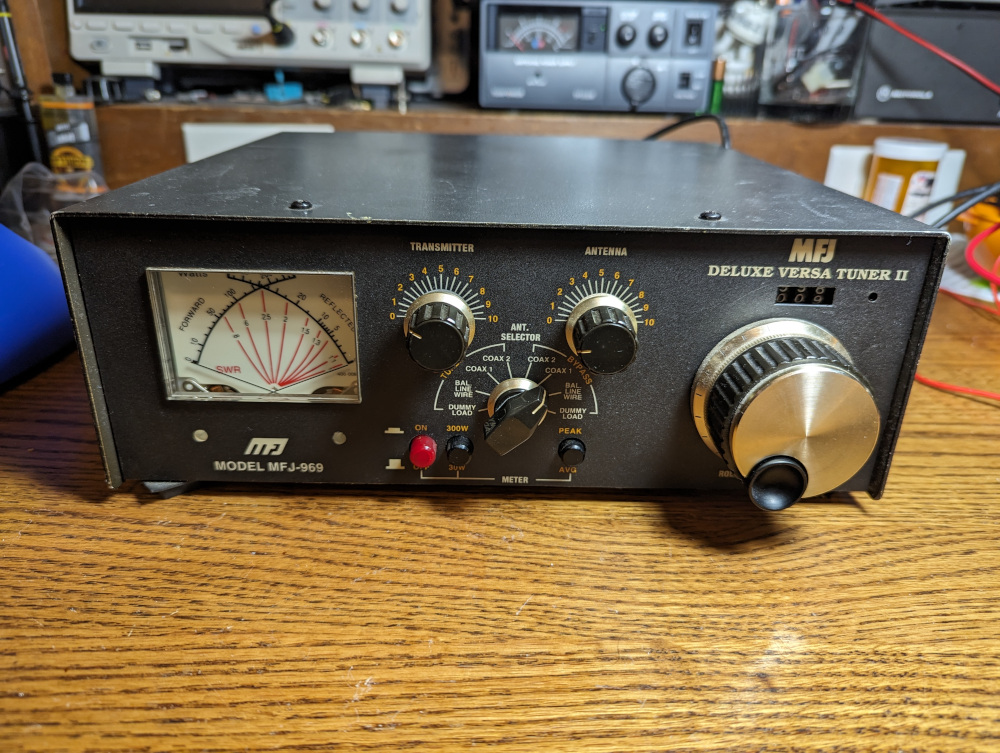I saw a cool project a while back using the Rust programming language to interface with Commodore disk drives from a modern PC. The project was using the rs1541 crate to access OpenCBM. To do this, you need a converter / cable to connect Commodore’s serial bus to a modern USB port. There are several methods available to do this, but the most popular seems to be the XUM1541 or ZoomFloppy.
I recently discovered Reticulum which is a cryptography-based network stack for building local and wide area networks with various hardware. While reading through the documentation and use cases for Reticulum, I found the RNode firmware that is particularly well suited for use with the Reticulum network, but can also be used for other purposes as well.
The RNode firmware can be installed on the T-Beam LoRa boards. I have several of these laying around, so I installed the firmware and did some testing.
I’ve found some new software projects utilizing T-Beam LoRa boards that I want to try out (posts coming soon). I’ve got a handful of these boards lying around and they are quite fun to experiment with. Over the years, I’ve played around with Meshtastic and several other packages including TinyGS.
The TinyGS project is a global network of groundstations that listen for LoRa packets from satellites, weather balloons, and other flying objects.
Last week a coworker gave me a mostly complete MPCNC. The MPCNC or Mostly Printed CNC is a inexpensive open source CNC platform. My coworker was having trouble getting it working and opted to purchase a premade CNC machine instead. He offered it to me and I happily accepted.
This is what it looked like when he brought it in.
It was mostly working as it stood. I was able to power it on and move it around using the web interface from the ESP32 based FluidCNC controller.
This past weekend, while playing around with my antenna setup and my new FTDX10, I needed to do some SWR measurements. I have a few SWR meters laying around, but I also had this MFJ tuner sitting on the shelf doing nothing. It had a nice cross needle meter as well as an integrated coax switch which would be useful for switching between my antenna and a dummy load. I don’t necessarily need the tuner parts, but this unit is about the same size as the FTDX10 and they stack nicely atop one another, so I figured I’d use this.
The other day on mastodon.radio, I saw a post about AREDN, or the Amateur Radio Emergency Data Network. I had heard of it before, but never really looked into it, and to be honest, still haven’t really look into it too deeply, but it looked like something I’d be interested in. After a quick poke around on the AREDN website, I hopped on eBay and bought two hAP ac lites (the first device listed on the supported devices list).





